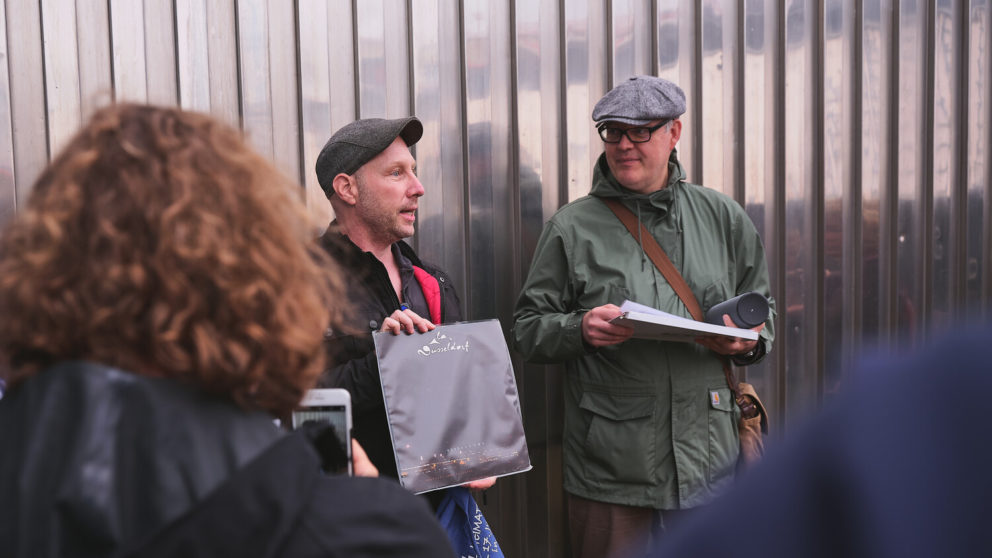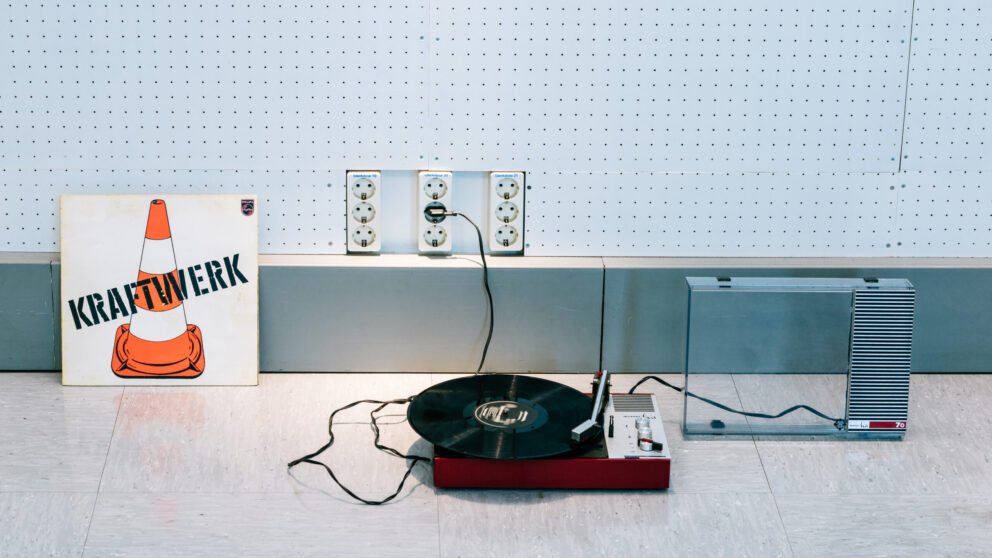
Six important places that are inextricably linked with "The Sound of Düsseldorf
The Sound of Düsseldorf
From the Liverpool Club to the Salon des Amateurs
Since the 1960s at the latest, Düsseldorf has always had hip clubs where influential bands performed or where famous DJs played. We have listed the most important six clubs, each of which stands for a particular era. These legendary meeting places of pop culture were always shaped by their operators, such as Carmen Knoebel's Ratinger Hof or Henry Storch's Unique Club. Sven-André Dreyer and Michael Wenzel, the guides of our "The Sound of Düsseldorf" city tour, provide an overview.
Unique Club
The Unique Club at Bolker Straße 30 has been an institution in music since 1995: In the plush ambience of a former animation bar, operator Henry Storch provides a colorful program without style limits: National and international DJs from hip-hop, electronic, funk and soul attract the night owls. Detroit legend J Dilla and R&B veteran Bobby Hebb will do the honors live. The Roots, now the studio band for Jimmy Fallon's Late Night Show, also performs here. In 2005, the club closes. The music lives on at Unique Records, a label founded by Storch.
Liverpool Club
In the 1960s, the Liverpool Club on Graf-Adolf-Strasse is a pilgrimage site for friends of beat music. Local bands experience their baptism of fire on stage in front of English soldiers and young people from the region. Inspiration is provided by musical groups from abroad who stop here and do piecework - five days a week from eight o'clock until the early hours of the morning and at matinees on weekends. One of them is a young singer from South Africa. His name is Howard Carpendale. The rest is (pop) history.
Ratinger Hof
What was still a rather inconspicuous pub on Ratinger Straße in Düsseldorf's old town until the end of 1975 developed into the most important scene meeting place for underground culture in Germany when Carmen Knoebel and Ingrid Kohlhöfer took over. The opportunity to listen to the latest music there - not infrequently punk from Great Britain and the USA - but especially the unusual design of the place made the Hof the place where German punk was invented. Artist Imi Knoebel subjected the pub to a radical formal change that was unique in 1976: while the walls were painted white, neon lighting provided daylight. Artists who studied or taught at the neighboring art academy, such as Blinky Palermo, Katharina Sieverding, Sigmar Polke and Thomas Ruff, but also A. R. Penck, Markus Oehlen, Jörg Immendorff and Joseph Beuys, were guests, and bands such as Wire, 999 and Pere Ubu performed there, some for the first time in Germany. Bands such as DAF, Male, Fehlfarben and Östro 430 were founded in the vicinity of the Hof.
Creamcheese
A spectacular pub - that's what the Frankfurter Rundschau called Creamcheese at Neubrückstrasse 12 in 1968, which had opened barely a year earlier. Founded by Bim and Hans-Joachim Reinert, the venue was more than just a nightclub from the very beginning: conceptually designed by members of the artist group Zero, including sculptors and painters Günther Uecker and Heinz Mack, as well as Lutz Mommartz and Ferdinand Kriwet, the concept of the new music venue also followed the model of Andy Warhol's club "The Dom. The art elements of light, space and time, vibration and dynamics are to be reflected in the artistic design in order to artfully stage the audience itself and thus integrate it into the overall work of art. While Frank Zappa with his song "Son of Suzy Creamcheese" provided the name for the insider meeting, the artists with their Creamcheese manifesto demanded autonomy and self-determination. Bands like Tangerine Dream, Can and Kraftwerk had already performed there in the late 1960s and early 1970s.
Klingklang - Elektro Müller
This place breathes history like no other, since it was here, in a rather inconspicuous house on Mintropstraße and thus in the immediate vicinity of the train station, that records were created that were to change not only electronic music but the entire pop culture forever: Autobahn, Radio Activity, Trans-Europa-Express, Die Mensch-Maschine, Computerwelt and Electric Café - from 1974 to 1986, Kraftwerk's sound designers tinkered with the sounds of the day after tomorrow in their roughly 50-square-meter Klingklang studio. New sounds in old rooms: After the band left the hallowed halls in 2007, open-source curator Philipp Maiburg used them for his Elektro Müller event series and invited artists to experiment musically. In 2014, Moritz Staub, another sound designer, moved into the creative nucleus of the city.
Salon des Amateurs
In 2017, the travel portal hostelworld.com voted Salon Des Amateurs among the 20 best clubs in the world. Embedded in the Kunstverein am Grabbeplatz, it is the interface between visual art and music, café and club culture. Timeless and special is its sound between old film soundtrack and electronic avant-garde. In 2005, Aron Mehzion and Volker "Hauschka" Bertelmann raised the Approximation Festival from its cradle here, which annually presents the stars of the international contemporary music scene. There's no doubt about it: every visit here is a musical voyage of discovery!
Photo: © Richard Gleim / Heinrich-Heine Institute of the City of Düsseldorf




